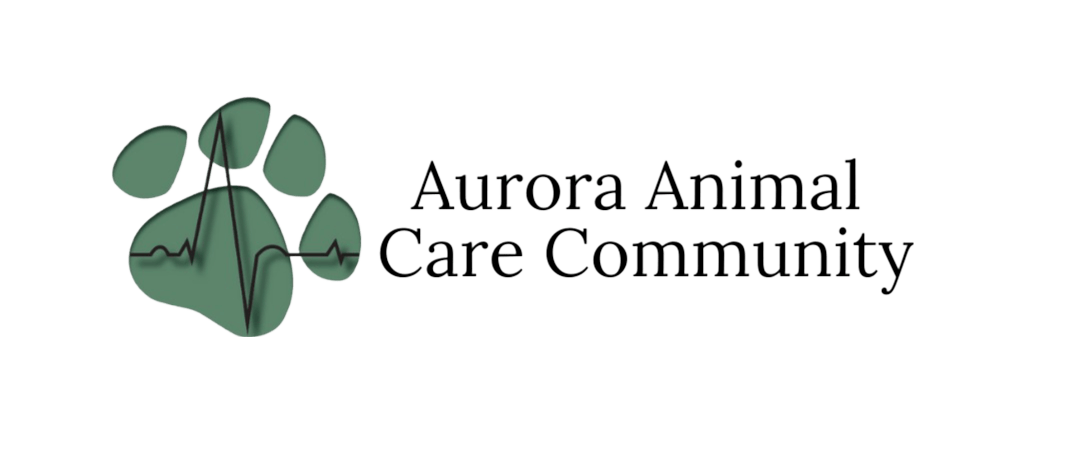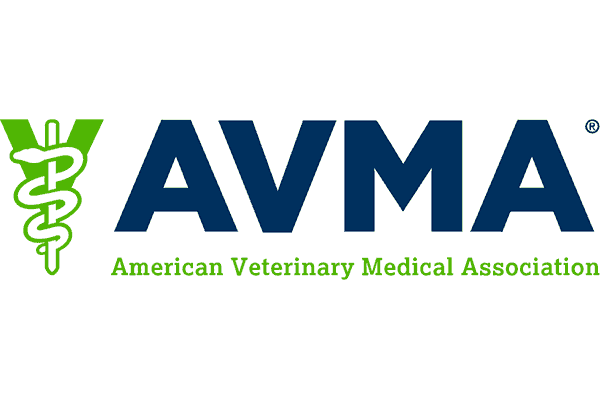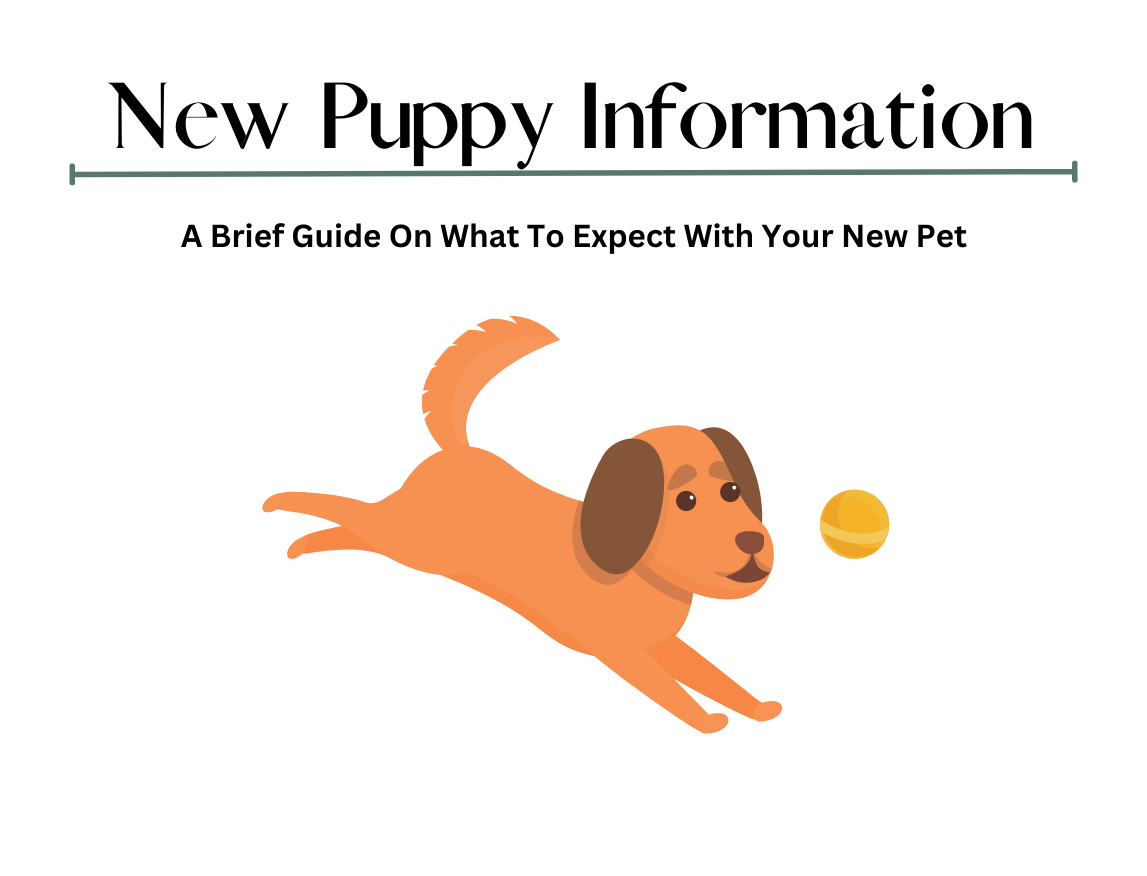
Congratulations on your new puppy! We have put together the following information for your convenience. Let us know if you have any questions!
Our mission is to fulfill the needs of our clients by providing quality pet health care services through a responsive and professional staff with an emphasis on individual attention and commitment to our clients, their pets, and our community.
Our hospital is equipped to provide medical, surgical, diagnostic, and therapeutic services to care for your pet's healthcare needs. We have state-of-the-art surgical suites, radiology services with digital x-ray equipment at all three of our locations, electrocardiography services, in-house laboratory, dentistry, rehabilitation services, and much more!
We look forward to caring for you and your pet!
Aurora Animal Care Community Ownership Team
Andy Matlock DVM, Jennifer Kartley DVM, Kim Zalewski DVM, Lerrissa Schmalzried RVT, CCRP

Three Locations To Better Serve You:
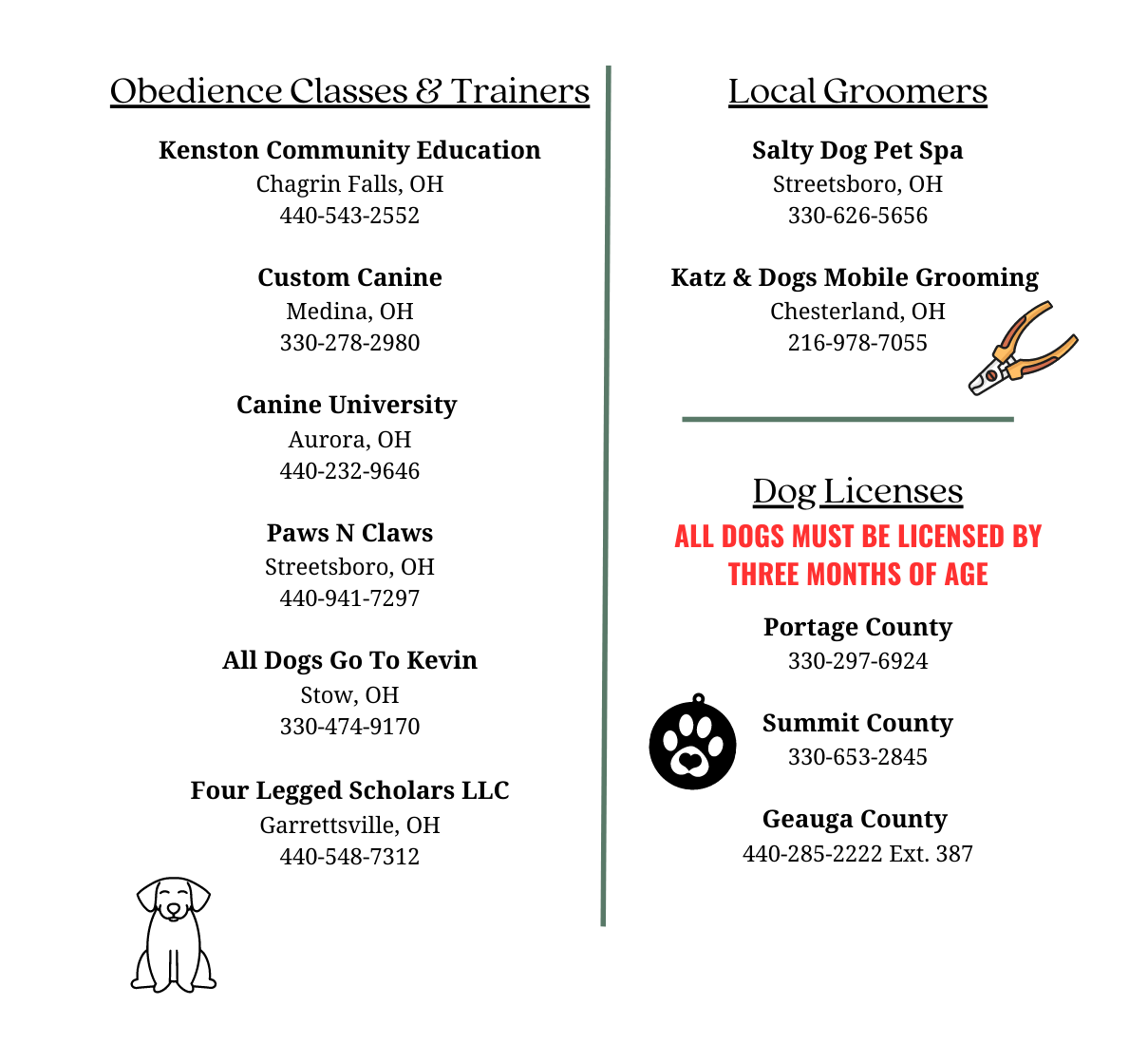
We are here to help you and your new puppy to have the best possible start to living a long healthy life. These early months are extraordinarily important in guiding the health and behavior of your young puppy and the adult dog they will become.
We will conduct a physical exam to assess your dog's health at each visit as your puppy changes so quickly during these early months.
Together at your dog's appointments, we will discuss your dog's health risk factors and determine what is essential for care.
What to expect with a new puppy:
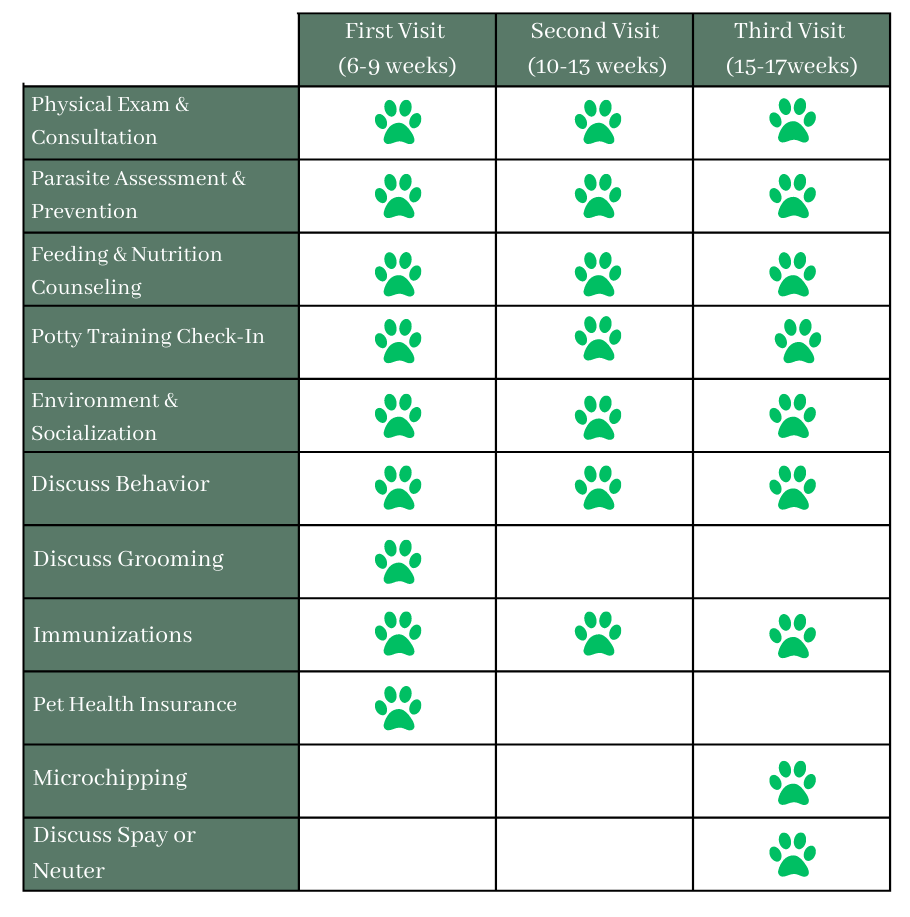
Check out the AVMA's article on current spay and neuter guidelines
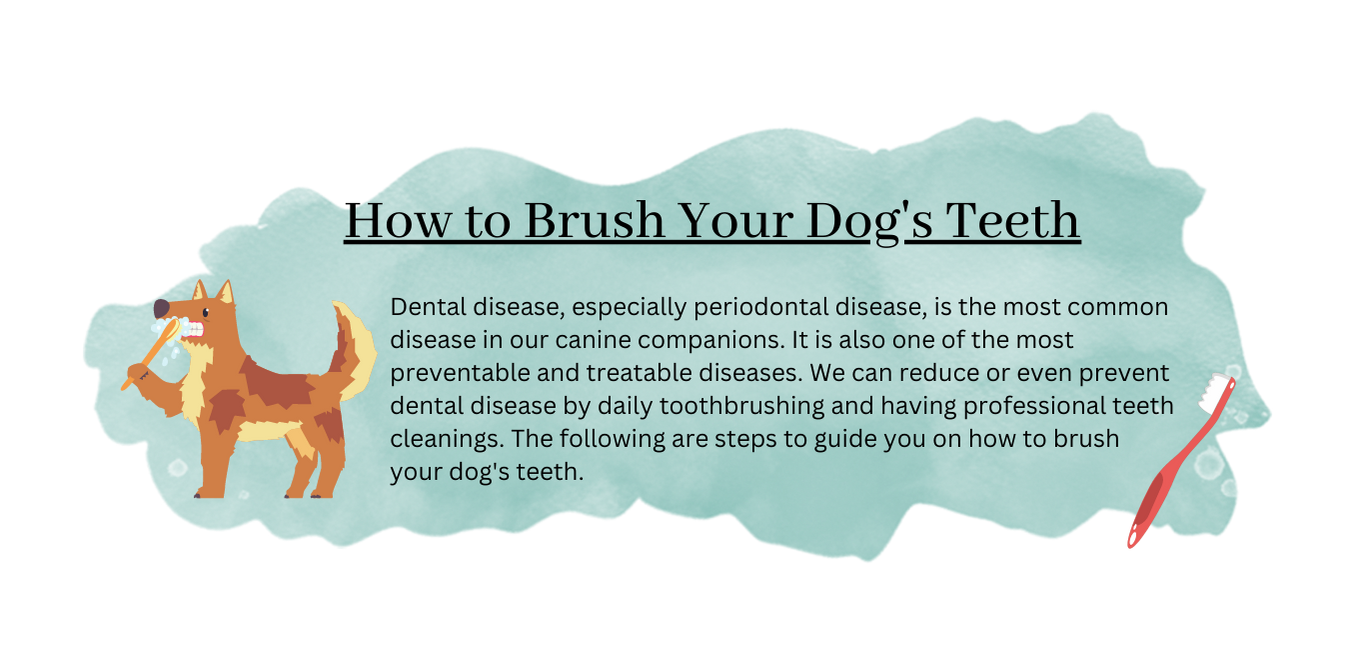
- It is best to start with a clean healthy mouth such as with a young dog with new healthy teeth OR after you have had a professional teeth cleaning.
- You will need a soft bristled toothbrush and veterinary toothpaste. Do not use human toothpaste and or baking soda as they will cause illness. Veterinary toothpastes have flavors that are appealing to cats. Anything other than a bristled toothbrush will not get below the gumline which is the most important area to brush.
- There are several important facts about our pet's mouths that tell us when, where, and how to brush. Periodontal disease usually affects the upper back teeth first, and the worst. Plaque builds up on the tooth surface daily, especially just under the gumline. It takes less than 36 hours for this plaque to become mineralized and harden into tartar that cannot be removed with a brush. Because of this, brushing should be done daily.
- >Pick a time of the day that will be convenient for your pet's daily routine. Brushing before a daily treat can help your pet look forward to brushing time. Take a few days to let both you and your pet become accustomed to the process. Follow with praise and a treat each time. Most importantly try to make this a positive experience and not a negative one.
- Start by offering them a taste of the veterinary toothpaste. The next time let your pet taste the toothpaste and run your finger along the gums of the upper teeth. Repeat this process with the toothbrush. Get the bristles of the brush along the gumline of the upper teeth. Repeat the process with the toothbrush. Get the bristles of the brush along the gumline of the upper back teeth and angle slightly up so the bristles get under the gumline. Work from back to front making small circles along the gumlines. It should take you less than 30 seconds to brush your pet's teeth. Do not try to brush the entire mouth at first as to not overwhelm your pet.
- Even with the best tooth brushing, cats still need professional teeth cleanings just like humans. By brushing your pet's teeth daily and curtailing the amount of periodontal disease, you can reduce the frequency and involvement of dental cleanings and provide your pet with a healthier smile.

